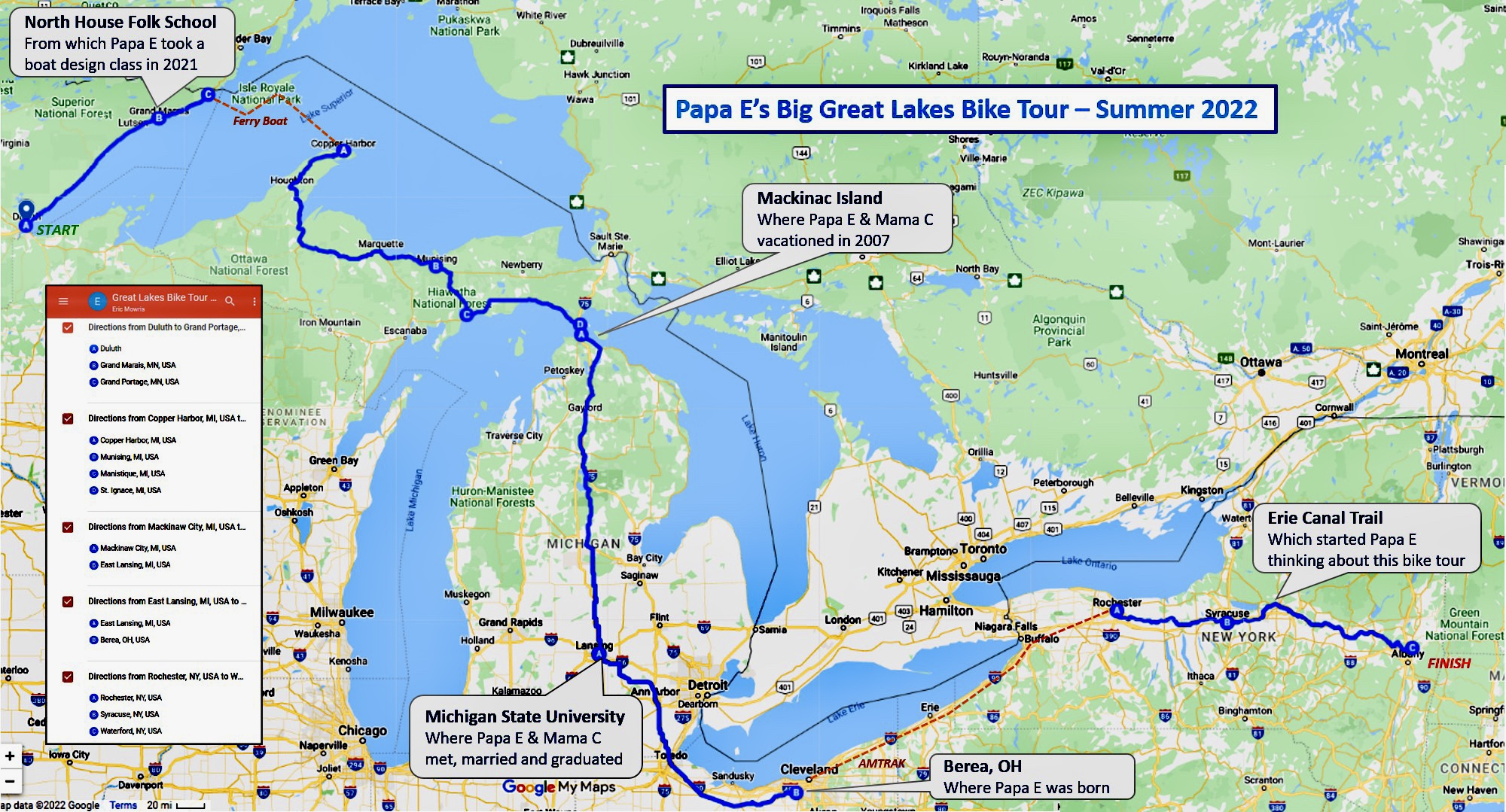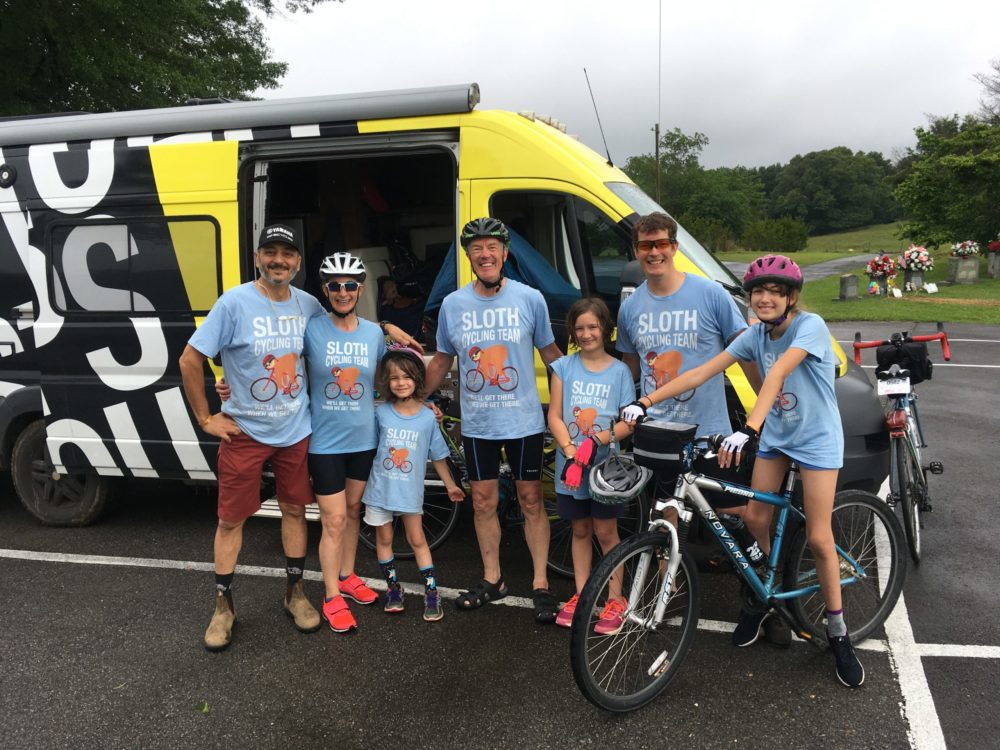My grandson Ransom recently sent me a picture of his new bicycle – a snazzy, blue Diamondback city bike. He’s attending college in New England and wrote, “It had been a while since I’d ridden … I had forgotten how much fun it is! It’s been a joy exploring surrounding towns with it. I’ve been going on long rides a couple times a week whenever it’s warm and I just rode my first 50-miler!”
In our next few email exchanges he and I both recalled when he first learned to ride a bike. He’d been on training wheels for a long while and was finally ready – though apprehensive – to take them off.
His dad and I started with the classic approach – holding onto the back of the seat and running alongside while Ransom pedaled and steered – trying to find that magic moment of balance. It wasn’t working very well. He was frightened and frustrated. We were out-of-breath and frustrated.
“There must be a better way for learning to ride a bike!” I declared. So I did a quick Internet search and came across this amazing, counter-intuitive approach.
We lowered the seat of the bicycle as far down as it would go and took the pedals off. This gave Ransom more control. On level ground he could comfortably “push” the bike forward with both feet touching the ground. He felt safer going slow. And all the while he was gaining a feel for balancing and steering.
As his confidence grew in his ability to balance and control the bike we moved to a very slight downhill grade in our driveway. The bike he was learning to ride had hand brakes, so we had him practice using them for slowing and stopping a few times before attempting a longer “coast.” With the seat down and the pedals off, he felt safe and in control – comfortable enough to practice and learn at his own pace.
Frankly, he was doing so well – and having so much fun – that we briefly went inside to get some refreshments. Only minutes later Ransom rushed in and excitedly announced, “I’m ready for you to put the pedals back on!”
And he was.
We put the pedals back on. But we only raised the seat a little bit, so he could easily put either foot down whenever he wanted. In the protected safety of our long driveway Ransom excitedly went back-and-forth riding his uncle’s old Schwinn Frontier – a small, sturdy “mountain bike” with 22-inch wheels I’d bought a few years earlier when my son Brian and I started riding together. As Ransom pedaled around, it wasn’t long before I heard a distinctive “click” as he shifted into a higher gear. He was already exploring what the bicycle could do – how it worked – and what he could do while riding it.
In less than one hour since we first lowered the seat and took the pedals off Ransom had learned to ride!
Brian used this technique to teach my other grandson Sebastian to ride without training wheels at the age of three. And Ransom recently shared it with a college friend who had never learned how to ride a bike – within just a couple of hours they were having a blast riding around campus together!
In how many areas of our lives do we need to “lower the seat and take the pedals off” so we can learn something new? It’s worth discarding conventional approaches – and expectations – when we consider the sheer joy of emerging mastery that could be ours when we reach the point of being ready to “put the pedals back on” and propel ourselves forward using newfound skills.

